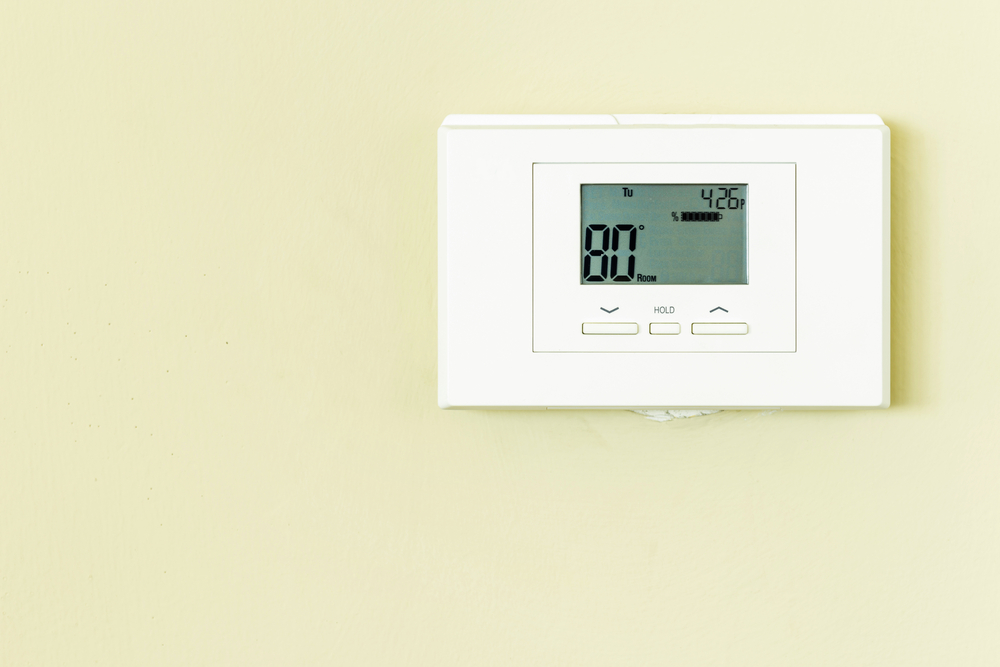Tech|Tips – 3DL: The Pressroom Environment – Ambient Temperature Control
Last time we introduced a blog series regarding the optimal environment for 3D Lamination. We discussed how commonly held beliefs in the early days were a bit of an exaggeration of legitimate industry best practices.
Though a certified climate controlled clean room is an exaggeration, consistent ambient temperatures are a non-negotiable. 3D Laminate needs to be sufficiently heated to allow it to form and activate glue without overheating to the point of changing the gloss level, texture or, in worse case, tearing the material as it wraps around the substrate. The glue line needs to be brought to optimum activation temperatures yet still allowed to cool before releasing the operating pressure. Ambient temperatures have a major impact on this process.
Avoid Temperature Extremes
Temperatures below 65° F or above 90° F can cause serious problems. Below 65° makes glue activation difficult because cold core materials absorb the heat too quickly, cooling the glue before it has a chance to activate. Temperatures above 90° F can lead to the glue remaining soft when it comes out of the press. Since the glue hasn’t solidified before the pressure was released, the 3DL can creep back or pull away from profiles and edges as it begins to cool and shrink. On many occasions, while standing in very hot press rooms, I’ve witnessed 3DL pulling away from the core and forming large pillows shortly after exiting the press.
Avoid Temperature Swings
Although a broad range of acceptable operating temperatures exists, temperature changes are never a good idea. Pressroom temperatures should remain as constant as possible. Otherwise operators are trying to hit a moving target – constantly changing press parameters throughout the day to keep up with ambient and material temperature changes.
Sudden changes are the most detrimental. Operating presses near external overhead doors is far too risky and pits operators against the odds, often having to adjust for 10 to 15 degree temperature swings in a matter of minutes. Furthermore, presses can develop a “cold side” or “cold corner” as a result of cold air from blowing through the room. Uneven heat across the press bed greatly reduces product quality and increases scrap rates.

Looking for More Information?
Check out our Resources or Contact Us

